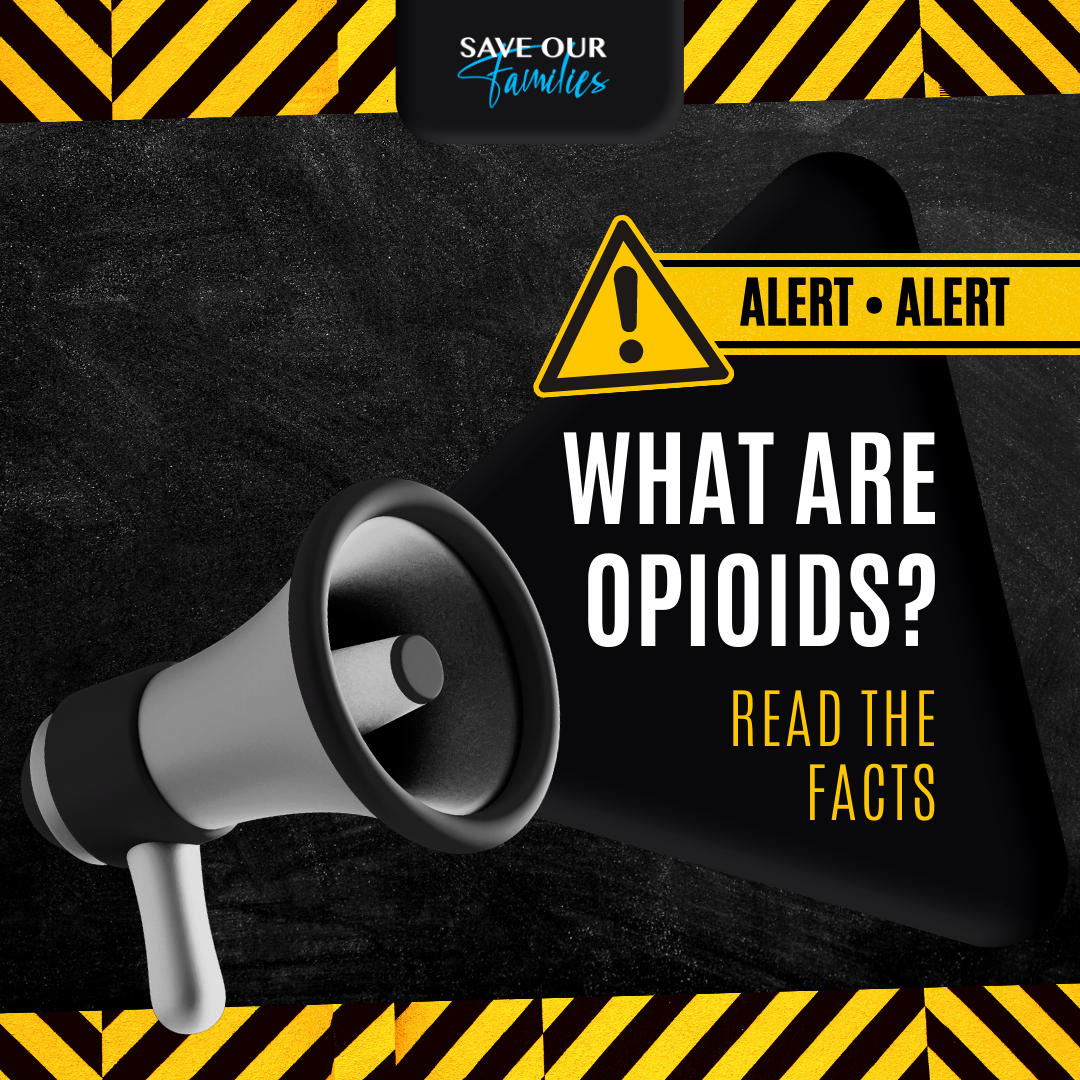As part of our commitment to harm reduction education, we’ve compiled a comprehensive list of key terms essential for enhancing your understanding. Harm reduction encompasses a range of policies, programs, and practices designed to mitigate the adverse health, social, and legal consequences associated with drug use, as well as related policies and laws. It embodies the principle of minimizing harm and maximizing support for individuals facing public health challenges.
In essence, harm reduction work revolves around meeting individuals where they are, without passing judgment. It seeks to address and alleviate the risks associated with various public health concerns, including but not limited to mental illnesses, substance use disorders, food insecurity, homelessness, and more.
Below, you’ll find a collection of key terms commonly used by harm reduction advocates and policymakers, aimed at facilitating your comprehension and engagement with this critical field.
Key Terms
Last updated March 7th, 2024.

